History of Vulcain Watches: The Watchmaker Behind the “Cricket”
Vulcain is a historic Swiss watch brand best known for inventing the first mechanical alarm wristwatch, the Cricket, famously worn by U.S. Presidents. Its legacy blends innovation with tradition, making it a cult favorite among collectors.
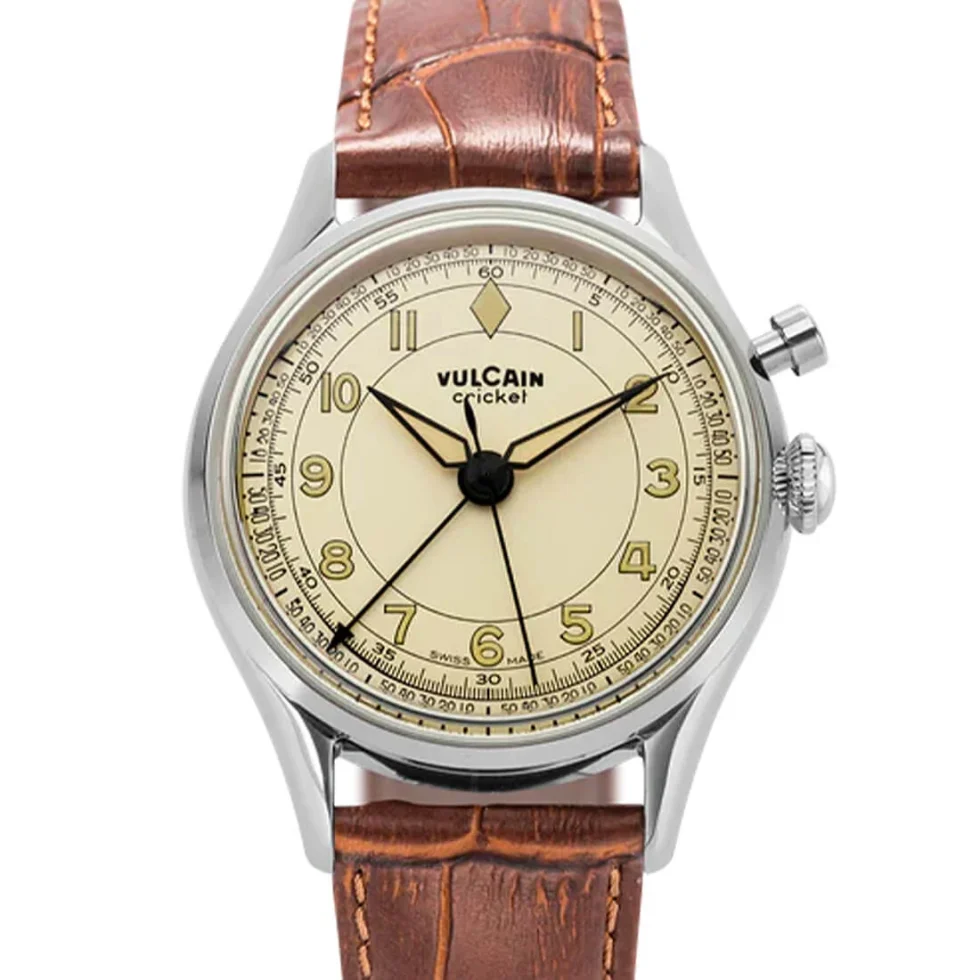

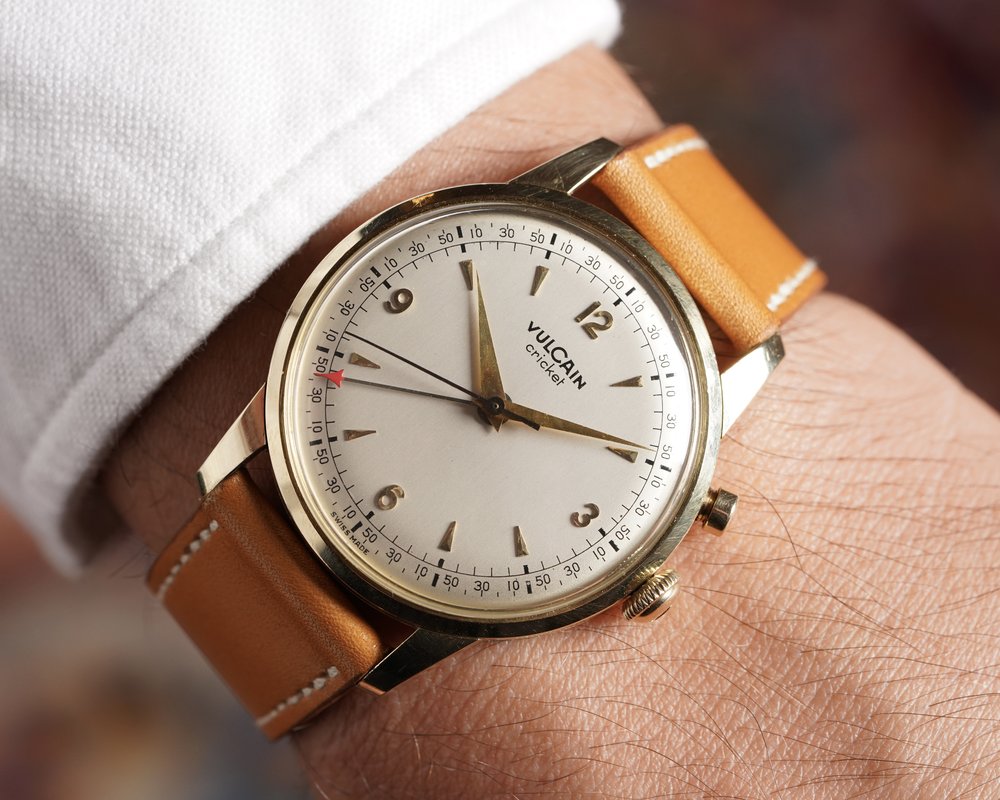
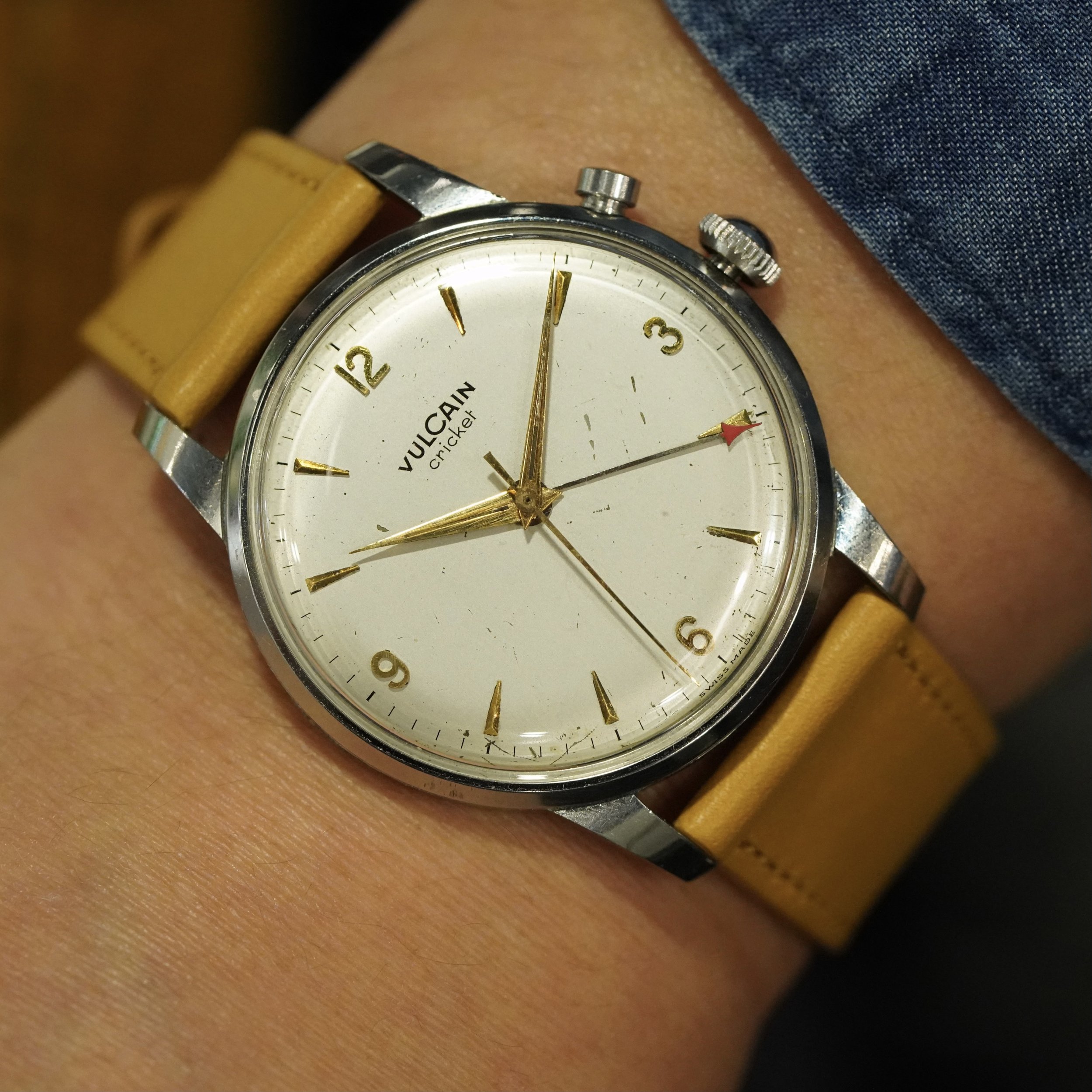
Founding and Early Years (1858–1920s)
Early Vulcain watches focused on fine pocket watches and complicated mechanical movements, gaining a reputation for precision and quality.
Founded in 1858 in La Chaux-de-Fonds, Switzerland, by Maurice Ditisheim, under the original company name Manufacture Ditisheim.
The name “Vulcain” (after Vulcan, the Roman god of fire and craftsmanship) was adopted later to represent the brand’s commitment to innovation and high-quality manufacturing.
The Invention of the Cricket (1947)
It had a dual-barrel system — one for the timekeeping, one for the alarm.
In 1947, Vulcain introduced the Cricket, the world’s first truly functional alarm wristwatch.
The Cricket was equipped with a mechanical alarm movement that was loud enough to wake the wearer — a breakthrough for the time.
Developed by Robert Ditisheim, Maurice’s descendant, with technical help from physicist Paul Langevin.
🇺🇸 “The Presidents’ Watch”
The brand capitalized on this connection, marketing the Cricket as “The Watch of Presidents.”
Vulcain became famously known as the “President’s Watch“:
Harry S. Truman, Dwight D. Eisenhower, Lyndon B. Johnson, and Richard Nixon were all known to wear or receive Vulcain Cricket watches.
Truman was reportedly the first U.S. President to wear one.
Vulcain continues to gift watches to presidents, maintaining the tradition.
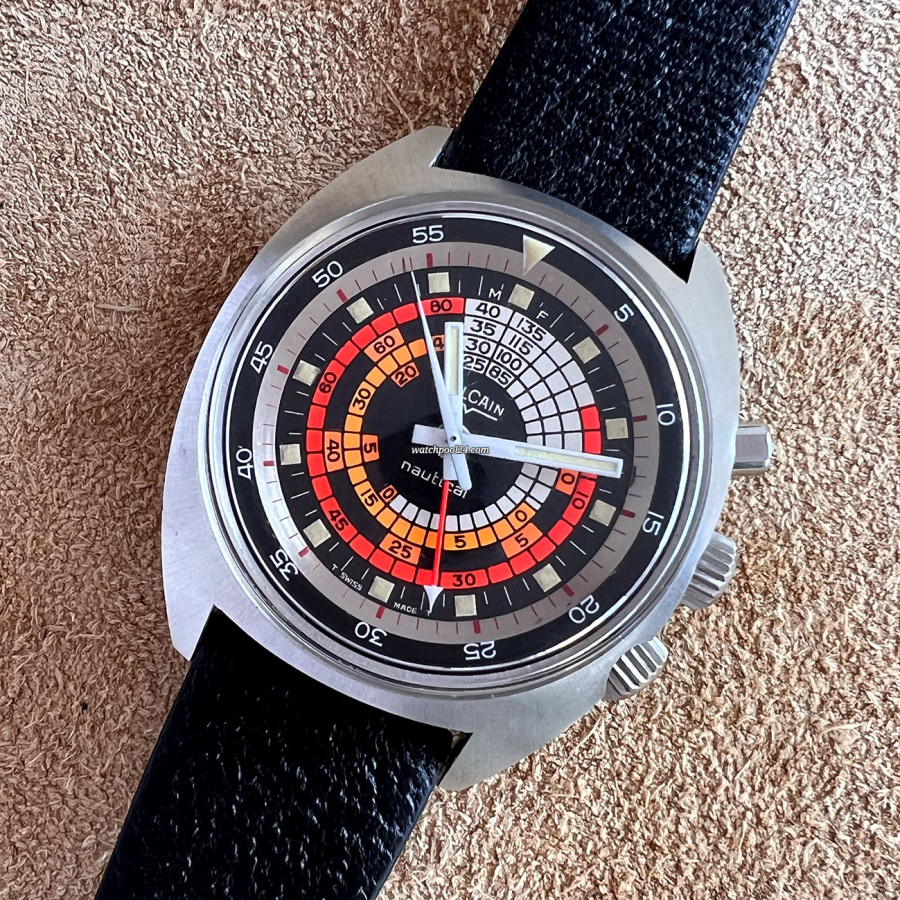
Mid-Century Popularity (1950s–1960s)
- Vulcain expanded the Cricket line with models for:
- Pilots and sportsmen
- Divers (such as the Nautical Cricket with decompression tables on the dial)
- Cricket alarm watches were also marketed for businessmen and travelers, valued for their reliability and mechanical complexity.
- The Cricket became an icon in mid-century horology.
Decline During the Quartz Crisis (1970s–1980s)
The mechanical alarm complication fell out of favor as digital alarms took over.
Like many Swiss brands, Vulcain suffered during the Quartz Crisis when inexpensive quartz watches disrupted the market.
Production slowed, and the brand faded from prominence by the late 1980s.
Revival and Return (2000s–Present)
Cricket Tradition
Vulcain was revived in 2001 by the PMH Group (Production et Marketing Horloger).
The brand reissued vintage-style Cricket models and began creating new versions of its famous mechanical alarm watches.
Modern Vulcain watches continue to be Swiss-made, often using in-house Cricket calibers.
The company reintroduced heritage designs such as:
50s Presidents’ Watch
Nautical Cricket
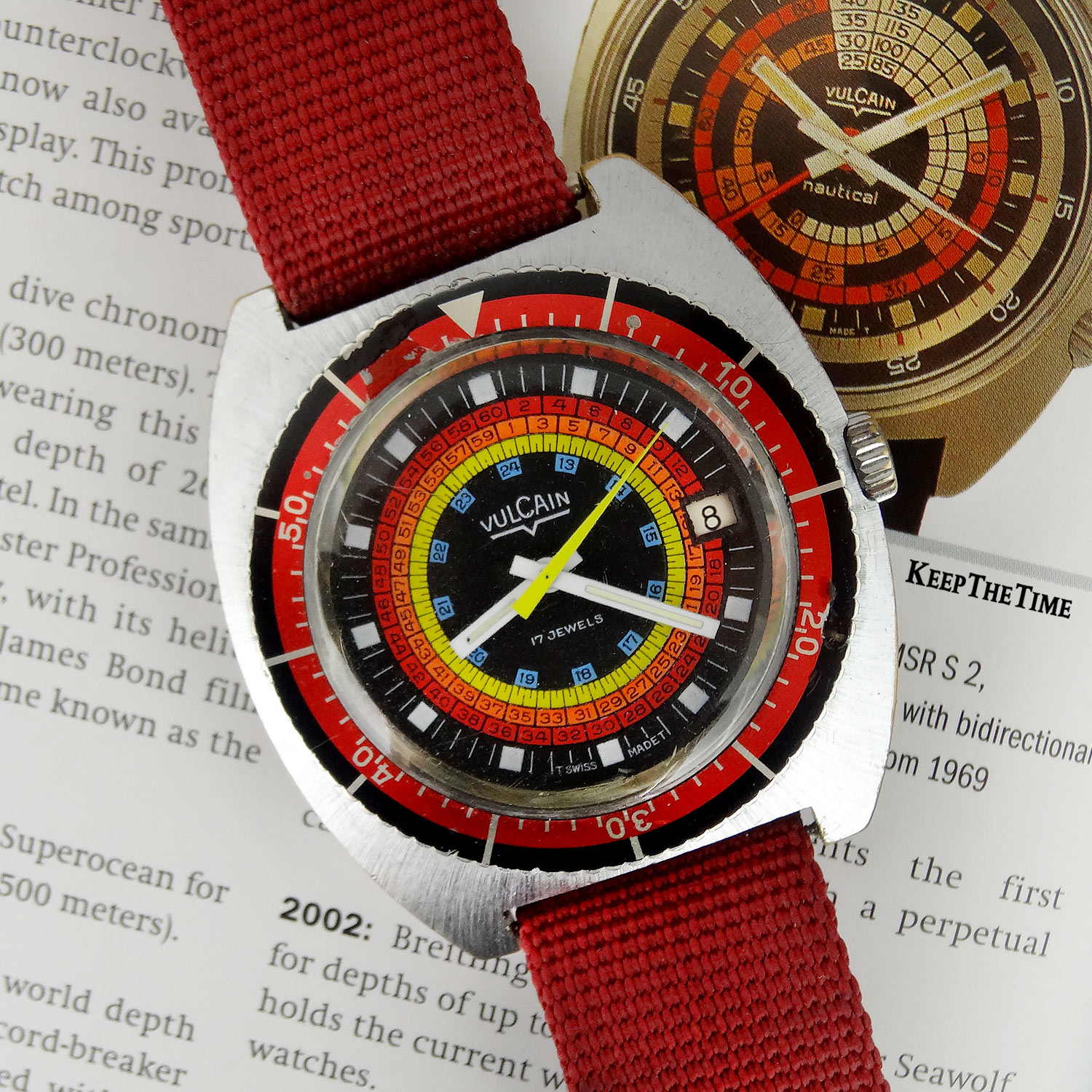
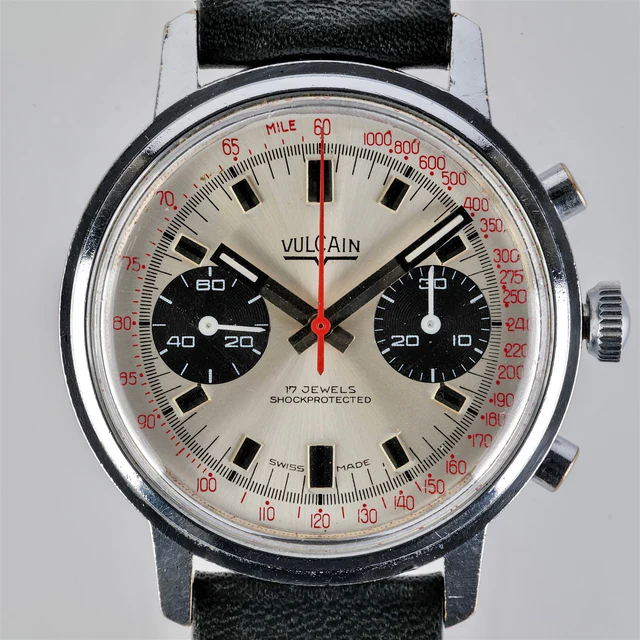

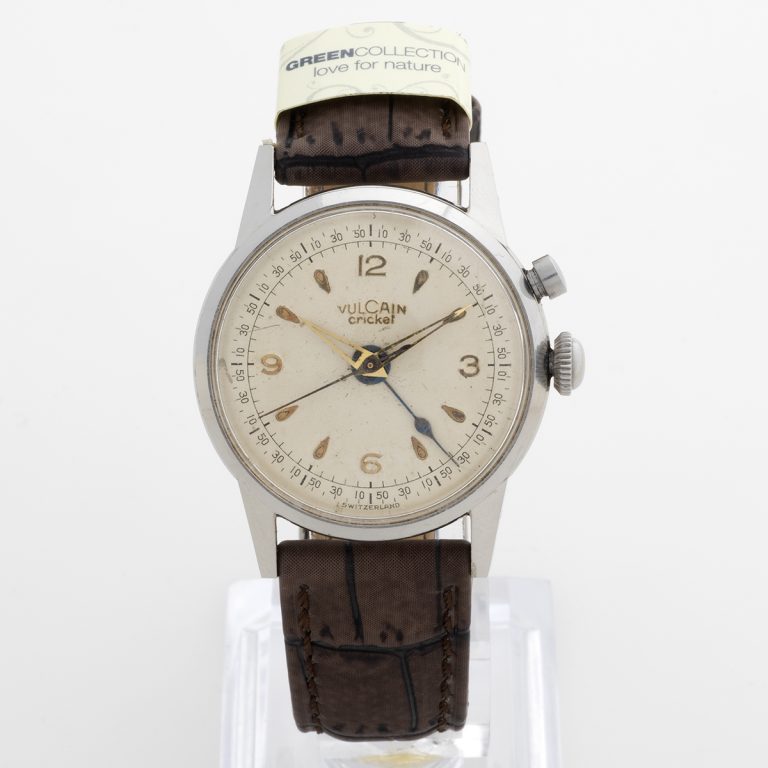
Technical Legacy: The Cricket Movement
- The Cricket is considered the most famous mechanical alarm movement in watchmaking history.
- Vulcain developed various versions:
- Caliber 120: original alarm movement
- Caliber V-10: modern version with improved reliability and power reserve
- Today, the Cricket complication remains a defining feature of Vulcain watches.

Vulcain Today
While not as widely distributed, Vulcain has a loyal following and strong identity rooted in Swiss watchmaking history.
Vulcain remains an independent luxury Swiss brand, producing small batches of watches with a focus on heritage, craftsmanship, and alarm complications.
Its watches appeal to collectors, historians, and those looking for something different from mainstream brands.

